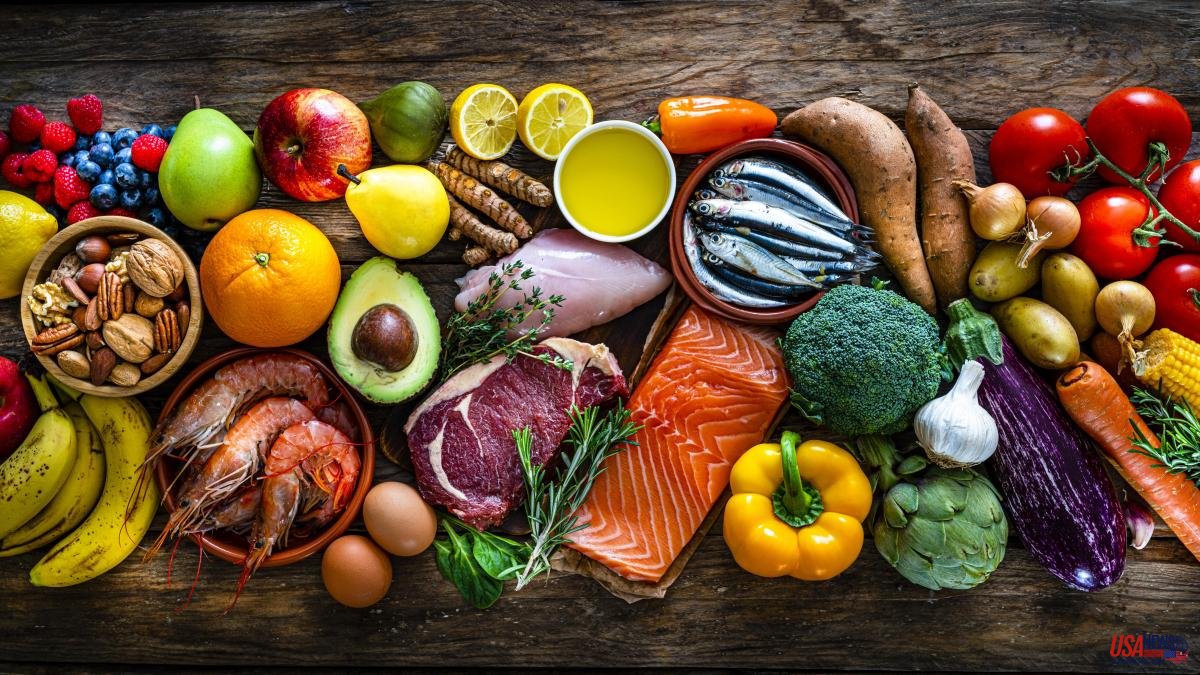When the cheers are still resounding for the third Michelin star at the Barcelona restaurant run by the brothers Javier and Sergio Torres and at the local Atrio owned by chef Toño Pérez, we come across one of those surprising parallels that life always has in store for us.
In a time of constant innovation in the kitchen, of reconstructions, vacuum cooking, liquid nitrogen, foams or spherifications... it turns out that prehistoric humans also used complex techniques to prepare their food, as explained by archaeologists from the University of Liverpool in an article published in Antiquity magazine.
Researchers have analyzed the oldest known grilled food and have been able to reveal advanced cooking practices from around 70,000 years ago to achieve tastier delicacies. To do this, they studied material from Neanderthals and also from modern humans from the Shanidar cave, in Iraq, and the Franchthi cave, in Greece.
"Paleolithic diets were diverse and prehistoric cooking was complex and involved several steps in food preparation," the experts say. “The taste of food was an important detail from an early time (in human history) and food preparation often included plants with rich, dry, bitter tastes and rich in tannins (a chemical compound that accumulates in fruits and the bark of trees and plants)”, they add.
Dr. Ceren Kabukcu and his team of archaeologists were convinced that, beyond meat, vegetables played an important role in the diet of Paleolithic hunter-gatherers. To study this end, they used a scanning electron microscope to analyze ancient charred foods at the micrometer scale.
"The fragments of cooked food from the Franchthi cave are the first of their kind recovered in Europe, from a group that lived around 12,000 years ago," Kabukcu said. "Those from Shanidar Cave are the earliest in Southwest Asia, from Neanderthal and human layers dating to 70,000 and 40,000 years ago respectively," she adds.
The analysis has revealed that the ingredients used were varied and that they were processed following multiple preparation steps. Wild nuts and plants, for example, were often combined with legumes like lentils and wild mustard.
The archaeologists were even able to identify some of the techniques used to achieve tastier flavors. Legumes, the most common ingredient identified, have a naturally bitter taste due to the tannins and alkaloids in the seed coats. However, clever prehistoric chefs resorted to a variety of tricks to reduce the amount of harsh-tasting compounds in their food.
“Its preparation through soaking and leaching (cooking in water) followed by crushing or rough crushing would remove much of the bitter taste,” Dr. Kabukcu notes. Pounding or grinding those foods would also make it easier for the body to absorb the nutrients.
A food cache found in Franchthi Cave consisted of a bread-like food made by grinding seeds into super-fine flour. However, neither Neanderthals nor early modern human chefs removed the entire seed coat.
This is a process known as dehulling and is common in modern agriculture as it almost completely removes the bitter compounds. The fact that Paleolithic peoples did not completely shell these parts suggests that they wanted to reduce, but not eliminate, the naturally bitter taste of legumes in their foods.
"This points to cognitive complexity and the development of culinary cultures in which flavors were important from a very early date," concludes Ceren Kabukcu. The researchers plan to expand the study around Shanidar Cave, in other hunter-gatherer occupations spread across the Sulaymaniyah region of Iraqi Kurdistan.













